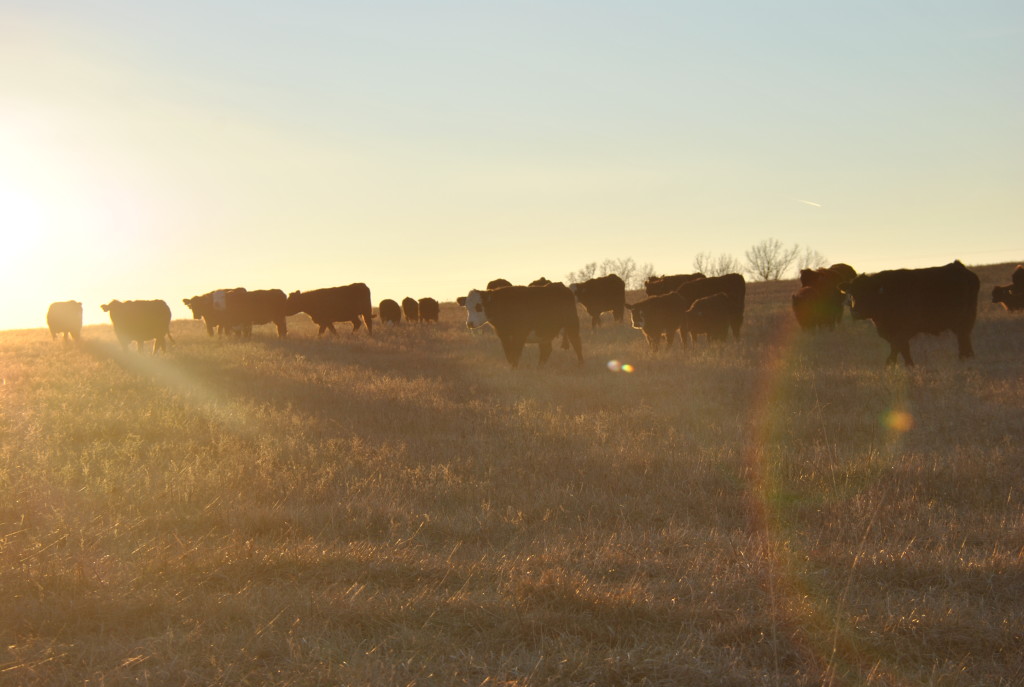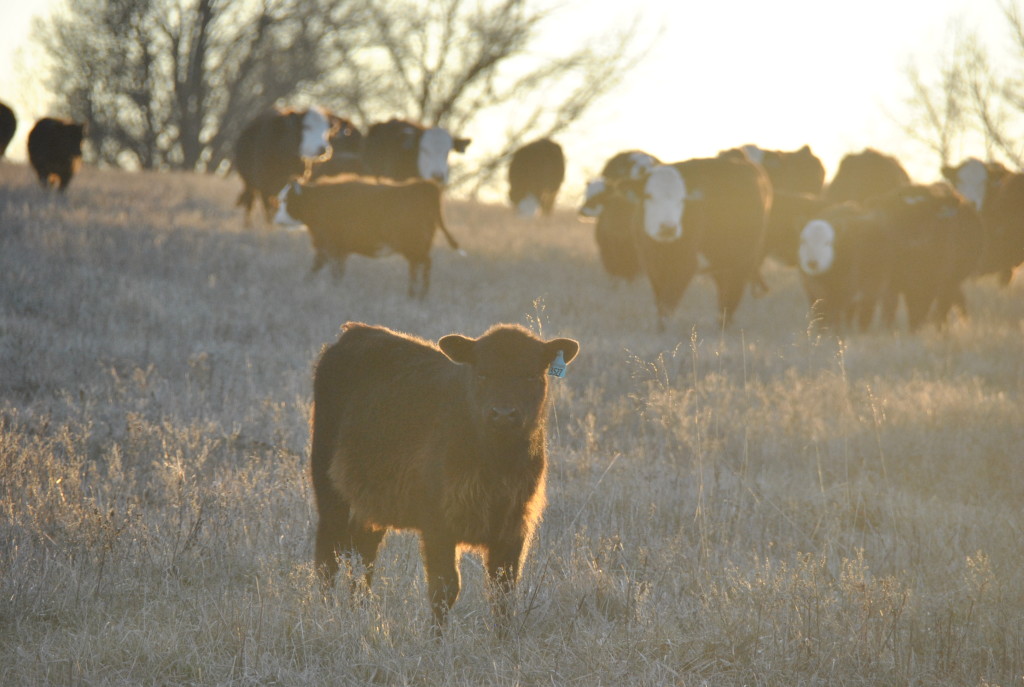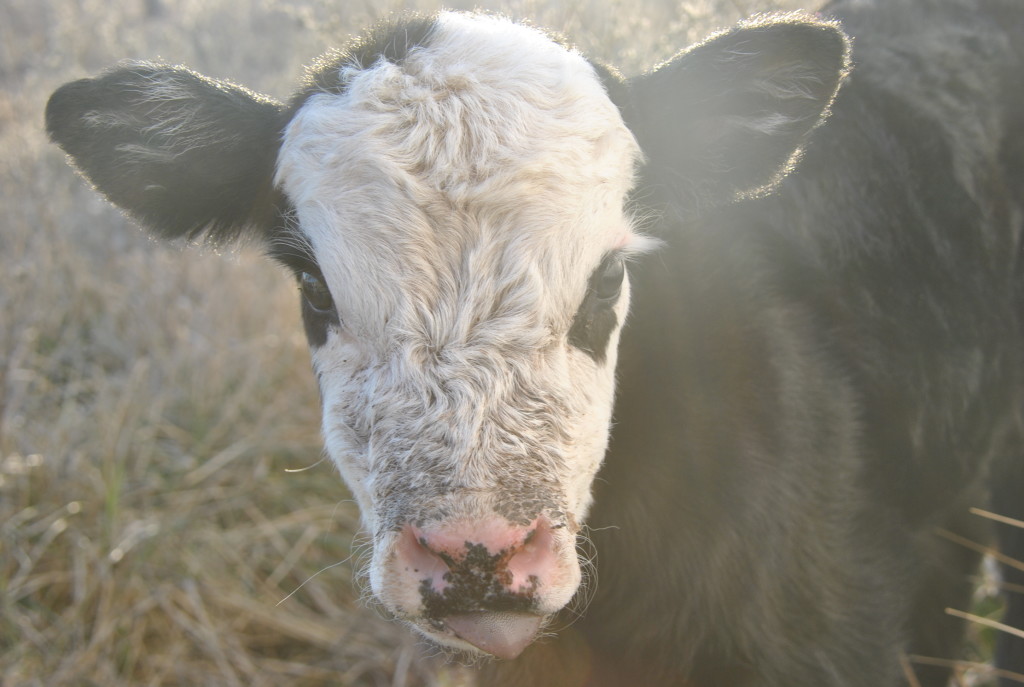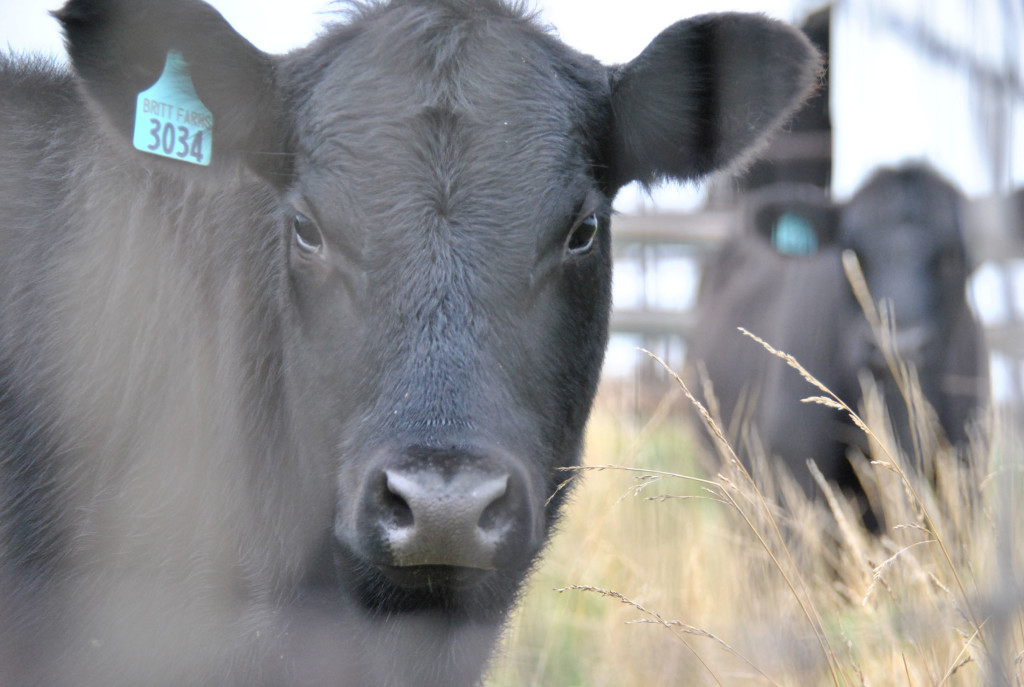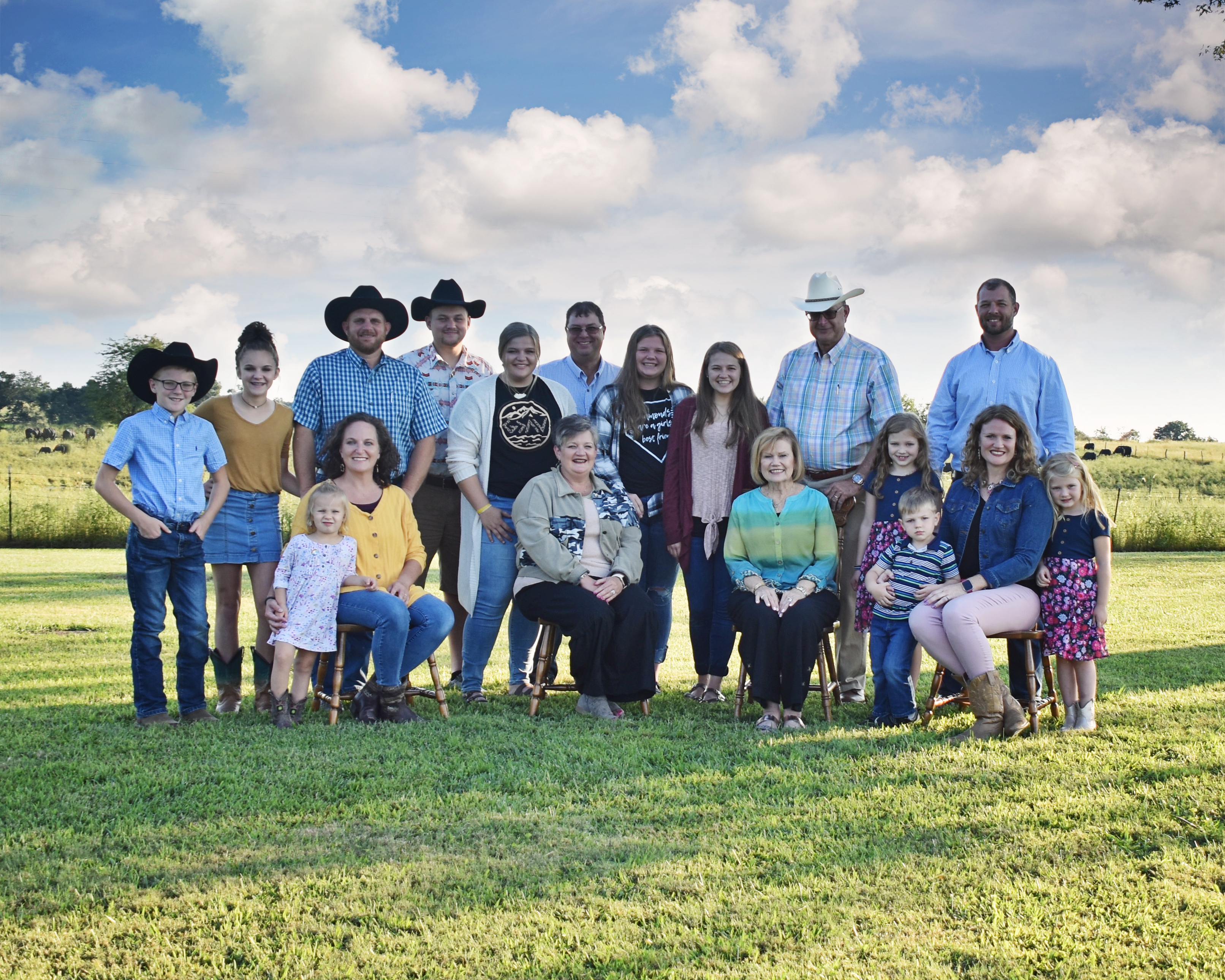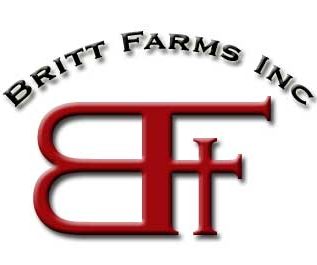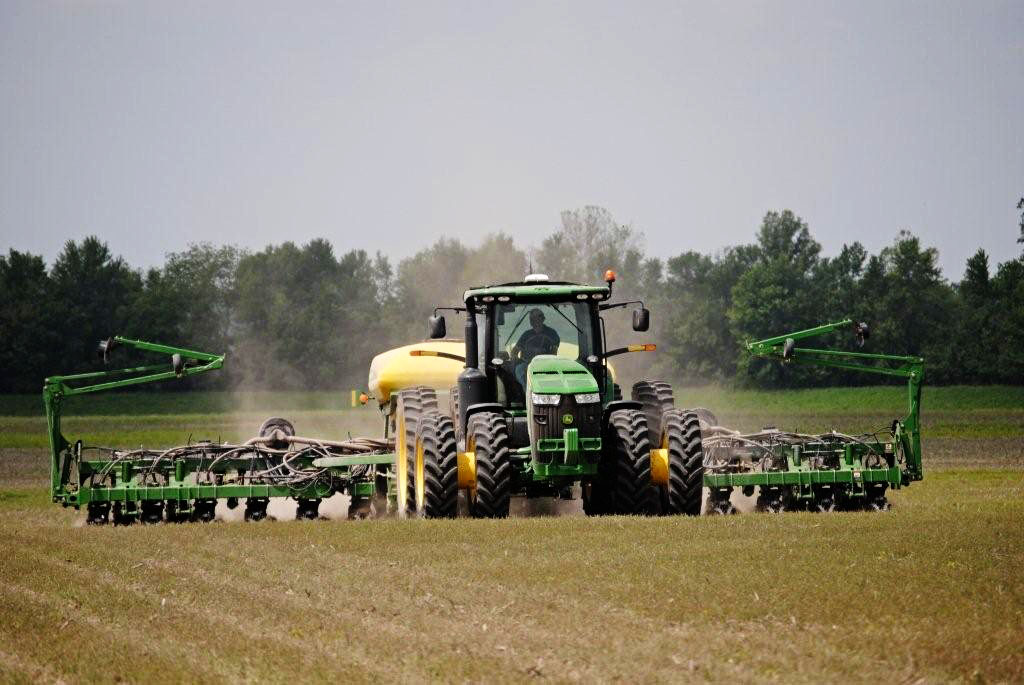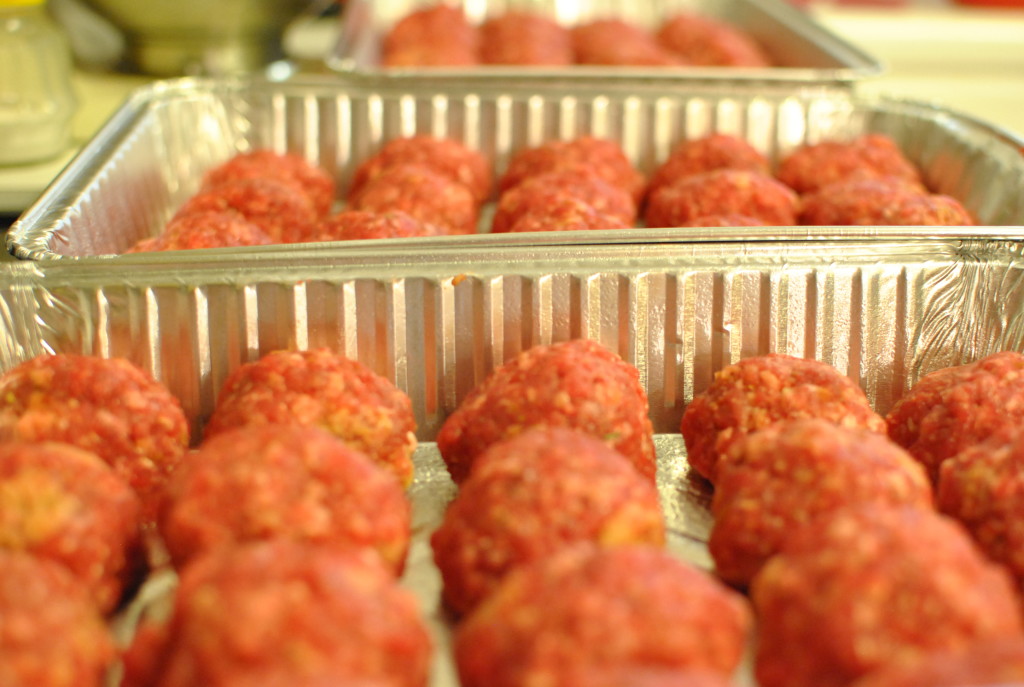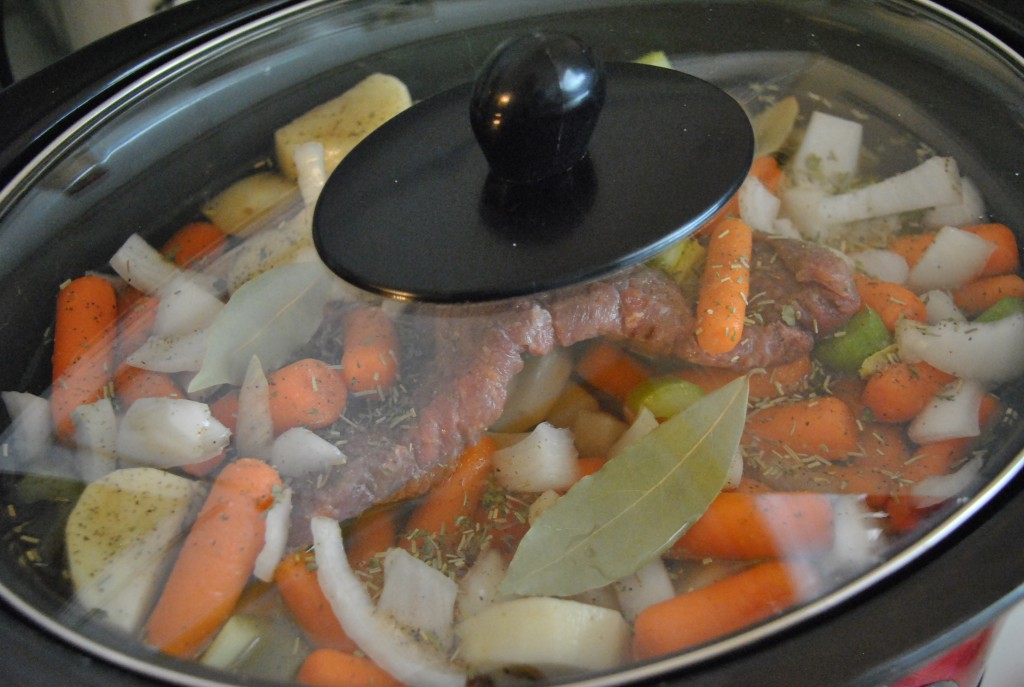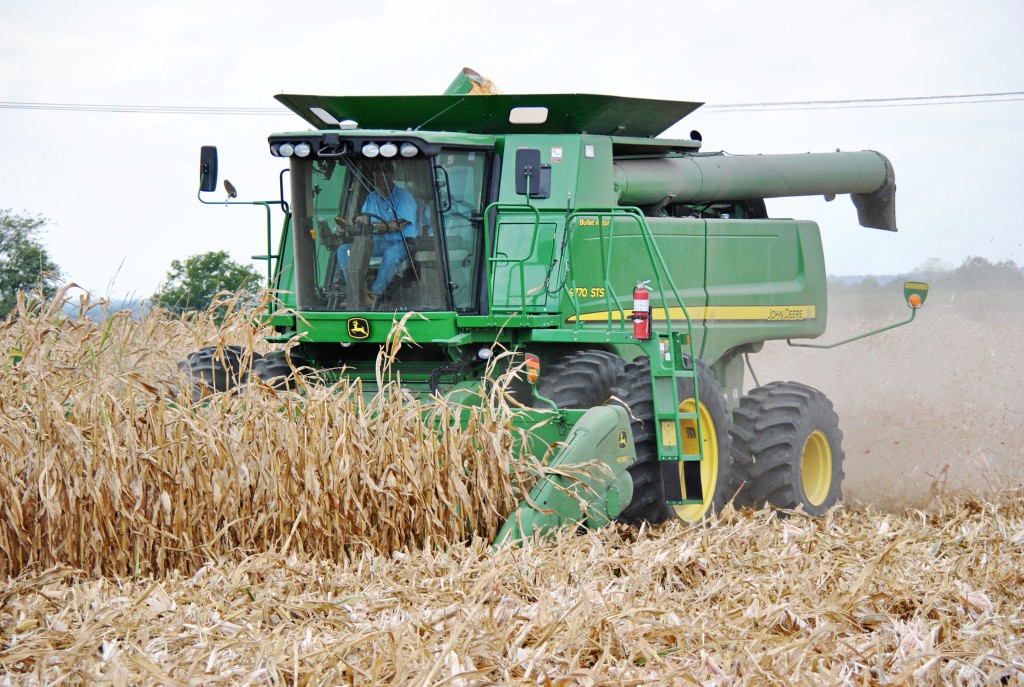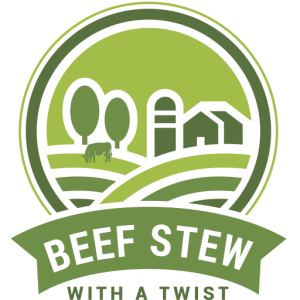Your source for Healthy and Affordable Beef
A Victory Lap for Ethanol
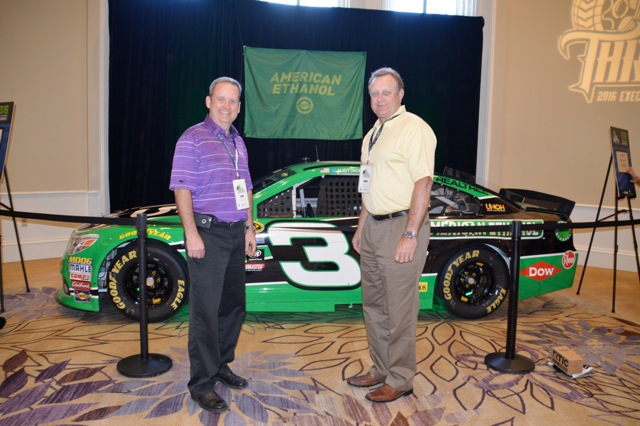
Steve Murphy, General Manager of POET Bio-refining’s Macon and Laddonia plants, and Growth Energy Delegate Randy Britt were among the 200,000 NASCAR fans in attendance when baseball legend Ken Griffey Jr. waved the American Ethanol green flag to start the 2016 Daytona 500 on Sunday, Feb. 21. An official partner of NASCAR since the 2011 season, Growth Energy, an ethanol industry group, with the National Corn Growers Association developed the American Ethanol platform to increase awareness of the value of American-made ethanol. As part of the partnership, NASCAR vehicles are fueled by Sunoco Green E15, which is comprised of 15% corn-based ethanol. Growth Energy is also a sponsor of NASCAR driver Austin Dillon, Richard Childress and the entire RCR team to help promote homegrown ethanol as a major win for the American people.

During the advocacy group’s Executive Leadership Conference held in Orlando, Fla., Feb. 20 – 24, to coincide with the Daytona 500 where Dillon finished in the top ten, Growth Energy’s Co-chair Tom Buis issued the following statement on the recent Renewable Fuel Standard Hearing:
“Biofuels, such as ethanol, are a 21st century fuel for 21st century vehicles. It is our only alternative to oil, and the RFS is the most effective policy in reducing cancer-causing chemicals and the toxic emissions that come from oil’s monopoly on our motor fuel supply. The RFS supports consumer choice, creates hundreds of thousands of jobs across America, strengthens our energy security and slashes climate change causing emissions.
“Policies like the RFS improve America’s climate, national security, rural economy and consumer choice. Repealing or changing the RFS would turn back the clock and undermine the progress we’ve made toward increasing America’s energy independence and cleaning our air and environment.”
Murphy said his biggest takeaway from the conference was the push toward E15 and higher ethanol blends.
“E15 and higher ethanol blends are not a mandate, but another option for consumers and a great way to get higher octane fuels at a lower cost. Many cars now specify higher than 87 octane in the owner’s manual and 113 octane ethanol is the cheapest way to provide these fuels to consumers,” Murphy said.
“The battle for market share with the oil industry will continue in Washington and at the state level going forward. Cheap oil has only increased the resolve of the oil industry not to lose sales by giving consumers more ethanol choices at the pump.”
Murphy became general manager of the Laddonia plant in 2009 and began leading the Macon team in June of 2013. A St. Louis native, Murphy earned his Bachelor of Science in Chemical Engineering from the University of Missouri – Rolla. Before joining POET he spent 21 years gaining manufacturing and management experience with the Woodbridge Corporation. While at Woodbridge, Murphy worked at five different locations that included Plant Manager responsibility at locations in Australia, Detroit and Chicago. Steve and his wife, Kristy, and their son reside in Columbia.
“POET has grown to be the largest ethanol producer in the world and you do not achieve that status without innovative technology and attention to detail by all members of the team. I consider myself very lucky to be a part of an organization with such a tremendous history and such great potential going forward,” Murphy said.

The first ethanol plant in the state of Missouri, the Macon plant produced its first ethanol in May of 2000, starting with an annual production capacity of 15 million gallons. Three years later, the plant expanded its capacity to 46 million gallons per year and added the production of Dakota Gold Distillers Grains and carbon dioxide. Today the plant produces over 46 million gallons of ethanol annually. The plant employs 45 people and 14 of the original 27 employees still work at the plant while four others are employed at other POET bio-refineries. The Macon plant remains over 80 percent owned by local farmers and investors.
American Ethanol will be the primary sponsor for Dillon during the 2016 Sprint Cup Series season: March 20 at the Auto Club Speedway, California; May 7, Kansas Speedway, Kansas; July 31, Pocono Raceway, Pennsylvania; Sept. 4, Darlington Raceway, South Carolina; Oct. 23, Talladega Superspeedway, Alabama; and Nov. 13 at the Phoenix International Raceway in Arizona.
- Written by Karla Britt and was originally published in the Chariton Valley News Press
No, I have never milked a cow. Yes, I am an American farm girl.
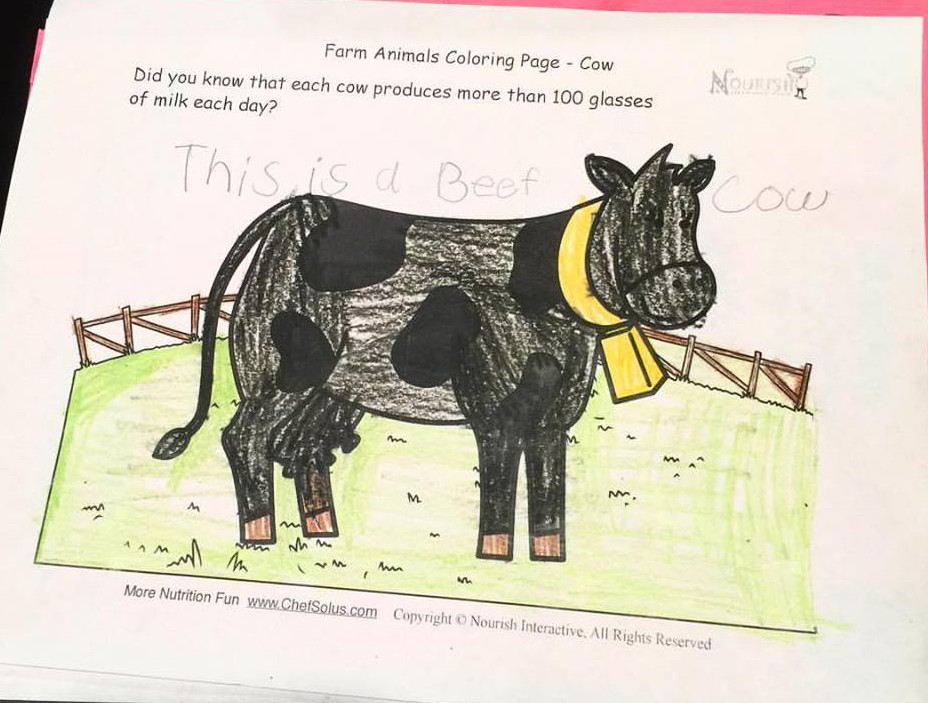
Nearly every time I share with a non-agribusiness person about our family farm, I am asked the following question immediately, “Did you wake up early to milk cows?”
No, I did not. I did, however, wake up early to take buckets of corn out to my beef calves. Does that make me a unique farm girl?
No, it does not.
97% of today’s farms are family owned and operated. There are more than 2.1 million farms in the US (Ag Census.USDA) and out of that 2.1 million only 47,000 are dairy farms (Dairy Management, Inc).
You have a much higher chance of meeting a farm girl who showed pigs or goats in 4-H, than one who has milked a cow on her farm. Before you feel bad for ever asking a farm kid that question though, please know that you are not alone in your thinking. Have you ever opened a child’s coloring book about farm animals? Rarely have I found a cow that wasn’t white with black spots (a Holstein dairy cow) or at least didn’t have a farmer knelt beside it primed for milking. Has your child brought home an assignment from school about agriculture and it had a cow on the page? What did it look like? My guess is a dairy cow. Here’s what happened when my adorable farm girl niece was asked to color her assignment page in 1st grade…
It was seriously a very proud moment for all of us. Definitely Facebook worthy!
A couple of months ago an exciting food chain opened up only an hour away. I have been a loyal customer of this chain ever since we moved to Louisville back in 2009. However, once we moved back to the farm I no longer had access to that rich southern sweet tea, perfectly breaded chicken nuggets or peanut oil fried tators. That all changed when one opened recently in Columbia. I have visited three times already and my taste buds were satisfied. I was treated with such gracious hospitality and they even offered free mouth wash in the bathroom which was perfect for my niece who was headed to an orthodontist appointment. Yes, I’m talking about Chick-Fil-A. Their “eat more chicken” slogan doesn’t offend me as a cattle producer because I support all farmers. What does offend me though is that they use the wrong breed of cow to promote their chicken! If I was served a steak from a Holstein I would “eat more chicken” as well! Thankfully, I’ve only been served tender, mouth watering black Angus steaks. The breed American’s prefer for their choice of red meat. My brother thinks it’s just funny they have to use a cow to sell their menu.
One last example to prove that we do have a problem, Houston, comes from an incident on my husband’s iPad last night. He was lovingly showing our toddler some cute animal videos to entertain her while I made dinner and she asked to see the one about a cow. This comes as no surprise because she has been “mooing” since she was 9 months old and daily she asks to go out to see the cows. While watching the video together my husband realized it wasn’t just a cute cartoon, it was actually supposed to be educational. Great! It’s rare to find agricultural education on the toddler level. However, as they watched together he heard them rattle off what a cow is used for such as milk, caramel, cheese….NO BEEF! Beef was not even mentioned when listing what a cow is used for! You may be asking right now if this is really that big of a deal….. ummmm, yes! Not just for our livelihood but for your health.
You see, beef accounts for iron, vitamins, protein and essential nutrients that are vital to your family’s health.
“Beef is an excellent source of vitamin B12 and very good source of protein, niacin, vitamin B6, selenium, zinc, and phosphorus. It is also a good source of choline, pantothenic acid, iron, potassium, and vitamin B2.” – www.whfoods.com (World’s Healthiest Foods)
Please, do yourself and your kids a favor and print out the included coloring sheet for them to work on while you cook up a delicious beefy meal and explain to them that a majority of cattle are used for beef and they taste yummy! Praise God for beef!
Fun Farm Facts Coloring Page on Cows (click me!)
Need a beefy new recipe? Try our family favorite, Cheeseburger Soup!
Enjoy!
Blessings,
Kara
Choose Your Battles Wisely
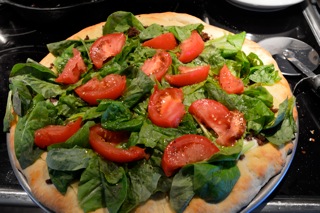
Last month a group of us went through a “detox” together. The 8-day challenge consisted of a specific protein filled diet, lots of water intake and some specific supplements (shake, pills and juice). It was grueling at times but we came out the other side with a better taste for real food and a harsh realization of the bad eating habits we had developed over time. We all managed to lose weight and did so without following one particular suggested guideline. We ate beef. That’s right. The menu for the week suggested NO RED MEAT due to….I honestly can’t tell you what their suggestion was “due to”. They didn’t give a reason. Upon further investigation I found a post on their “weight loss testimony” page where someone had asked if anyone had eaten beef during the 8-day cleanse and still lost weight. More than two dozen people had quickly replied stating that YES they had eaten red meat including steak, hamburger, roast, etc. and had STILL lost weight! Several in my group also enjoyed red meat during the diet and we lost just as much as those who stuck with chicken, fish and turkey. This only served to confirm what we already knew…red meat is not the problem. Our seemingly inability to say no to sugar, caffeine and carbs IS the problem. Red meat provides specific nutrients that many diets are lacking. The battle against red meat is untruthful propaganda attacking conventional agriculture. Will I attack the company over this? Have I mentioned their name so we can smear them as beef producers? No. At the very most I plan to send them a respectful, kind letter sharing the facts regarding beef and that we still lost the weight while enjoying red meat.
Also, the packaging of the detox supplements stated they were “GMO FREE”. Now as conventional farmers did we send the products back when we saw the labeling? Did we take to social media to degrade the company and seek to prove them ignorant? No, we did not. There are MANY different opinions regarding GMO labeling, usage and marketing. You can stir up more discussion and negative tones regarding our food sources and farming methods on social media than you can about ISIS and their treatment of women and children. Why is that? Why do we get emotionally riled up over our abundance of food choices when our time could be more wisely spent raising concerns, praying and educating others about sex trafficking, homeless people, starving children and ransacked homes?
Imagine with me for a moment what it could look like if organic farmers and conventional farmers shook hands and decided they were all in it together.
Andy Barr wrote this in 2008 for Famers Weekly,
“GM may horrify organic advocates, but it could (after a rigorous testing and approval process) reduce chemical and fertilizer inputs and deliver health benefits. And wouldn’t a splash of glyphosate reduce organics’ carbon footprint?”
And you know what? That’s exactly what GM (genetically modified) seed has done. It has created a way for farmer’s to use LESS CHEMICALS!
Can we shake hands? I’m not talking about some happy place over the rainbow. I’m talking about the attacks on one another ending. I’m suggesting we recognize that each method has a place in this world and that we can support one another. We can agree to disagree for the sake of the bigger picture. One method provides opportunities for families in the cities to watch how a seed comes forth from the soil, how the soil content matters and how that plant can produce a delicious tomato. This movement called “organic farming” has created roof top gardens in the middle of New York City. It has provided another option at the grocery store and it has given job opportunities through weekend Farmer’s Markets to those who longed for an environmental occupation. On the other hand, conventional agriculture continues to feed millions upon millions of families across the globe through their effective and safe methods. Family farms have been able to stand the test of time thanks to these proven techniques and people are given a healthy yet more affordable option in each city. We can argue if GMOs are safe. We can argue if not killing the bugs, worms and diseases on the plants is safe. What we can’t seem to argue about it is how to best support one another in agriculture. We each have our markets. There is room for both parties under the same tent.
Still not convinced? Check out Unfounded Frankenfood Fears by Steve Forbes, Editor-In-Chief Forbes Magazine. In this article he states,
“One shudders to think of the global misery that would have ensued had these forces (antiprogress extremists) been around in the 1960s, when Norman Borlaug spearheaded the breakthroughs dubbed the Green Revolution, which enormously increased crop yields, particularly in India. There and elsewhere more than a billion lives were saved, people who would otherwise have been lost to hunger. Borlaug won the Nobel Peace Prize for his efforts. Today he’d be attacked as an antinature technomonster.”
Let’s choose our battles wisely.
The other night my mom made this flavorful, “clean”, pizza! May be a great addition to your weekend menu! Below is her recipe. Bon appetite!
Garden Pizza
- Crust of your choice (I like Food Nanny’s)
- Roll out crust to fit 16 inch pizza pan
- Layer with:
- Drizzle with olive oil (rosemary or basil infused is good!)
- Fresh mozzarella cheese slices
- Hamburger, cooked and crumbled
- Fresh arugula leaves
- Fresh basil
- Cherry tomatoes (or whatever you have)
- Drizzle with more olive oil
- Salt and pepper
Bake in hot oven (475* 5 – 10 minutes)
Mizzou wrestling vs Tagging calves

We currently have two employees that used to wrestle back in the day….not each other thankfully but for their high school teams. It’s fun listening to them talk about challenges and meets they competed in and which schools were the hardest to face. Here in Missouri we are very proud of our Mizzou wrestling team who won a National title this year! Those guys are beasts! Very athletic and have worked hard for that title. All of this wrestling chatter lately has opened my eyes to the everyday wrestling that happens here on the farm. Have you ever considered the similarities?
It has been calving season for several months now and each time you wonder how that momma cow is going to react. First, our guys have to hook the calf’s leg with their bare hands and get them on the ground (don’t worry, it doesn’t harm the calf). Then they try to hold them down while reaching for the tagger tool. And have you ever noticed how the wrestler’s give each other a quick smack in the head prior to “getting serious” on the mat? That’s what our men have to do. That cow is not too happy about their calf being restricted away from them so they often have to have a light tap on the nose to show them who is dominant and to keep the cow from running right over them. Some tricks of the trade including working quickly as to not stress either the momma or the calf more than necessary and to also keep the calf between you and the cow at all times so she can see it and know that it is okay.
Here are some photos my mom took of my dad recently tagging a few newborn calves. It’s just like piercing it’s ear. Small pinch of pain for an instant and then they are up and walking!
Why tag them you might ask? There are several reasons actually. The ear tags numbers and colors are very important. They tell us which cow is their momma, which pasture they belong in, what shots if any they have had, who owns the calf and where it should go next. Also, when you purchase beef from us we are able to tell you exactly which calf your beef comes from, how it was raised and what genetics it has in it.
Some other wrestling simliarities I’ve noticed include the fireman’s carry which on the farm is used when the farmer needs to carry a calf to a warmer place or to it’s momma. There is also the move where one wrestler simply gets out of the ring. Haha. That happened here the other morning. The men were working cattle and it was about to storm so the cows were acting crazy! It’s amazing how the weather will affect an animal’s mood! Four cows jumped OVER the gate! Our guys were very close to getting seriously injured. Cattlemen are tough but still human. We know of 4 men who ended up in critical condition from our area this year alone as a result of cows charging them. It is not a job for the faint at heart that is for sure!
Here are some more photos taken recently on our farm during calving season. Enjoy! We are so thankful for the beautiful weather this week and green grass! So are the cows!!!
New recommendations target red meat, could affect school lunches, local farmers
Imagine your child’s school lunch menu without a cheeseburger, sloppy Joe, meatball sub, beef enchilada, taco salad, Salisbury steak, country beef patty, or beef and macaroni skillet.
The word is out that the Dietary Guidelines Advisory Committee, appointed by the U.S. Department of Agriculture and the U.S. Department of Health and Human Services has recommended Americans cut out red meat. And not just red meat, according to Pro Farmer, the committee has advised “Americans should shift toward a plant-based diet that is lower in dairy and red meat due to the environmental impact.” While they’re at it, students would say good-by to macaroni and cheese, cheese quesadillas, pizza, and grilled cheese sandwiches.
“We have to follow the meal pattern that the USDA sets for us,” Debby Mead, Dietary Supervisor for Keytesville R-III, said. “It is more and more difficult to find food students will eat that meets the guidelines. If they remove red meat from the diet, there will no options for the kids. They can’t expect us to take the protein out of our diets. Nobody will be healthy.”
According to the U.S. Department of Agriculture’s website, “Every five years the United States Department of Health and Human Services dietary Guidelines is “reviewed, updated, and published in an effort to encourage Americans to focus on eating a healthful diet – one that focuses on foods and beverages that help achieve and maintain a healthy weight, promote health, and prevent disease.”
The website explains that the committee consists of “nationally recognized experts in the field of nutrition and health. The charge to the Committee is to review the scientific and medical knowledge current at the time. Based on their review of the literature, the Committee prepares a report for the Secretaries that provides recommendations for the next edition of the Dietary Guidelines.”
Some are skeptical of the guidelines, that continuously change, however, the dietary guidelines affect nutritional policies throughout the nation. Remember the nutrition classes taught in Consumer Science and the posters 4-Hers create depicting “My Plate” which replaced the food pyramid a few years ago? These classes are directed by the USDA’s nutritional guidelines. Next year’s physical check-up with our physician and labels on food packages would also be affected by the guidelines, guidelines made by a committee of academia without the contributions of business owners, family physicians, working nutritionists, food services executives, or federal nutrition program director, according to One Assessment published by Capital Research Center.
“As a nutrition professional and “family nutritionist,” I know I will still be including beef in our diet,” Salisbury graduate and nutritionist Alane (Dotson) Lidolph said. “Beef is a good or excellent source of important nutrients like protein, zinc, and iron. Those nutrients are building blocks for our muscles, important for immune and brain function, and help maintain healthy red blood cells.
“I know it isn’t exciting, but not eliminating foods from your diet entirely and following the motto “everything in moderation,” is the best way to meet nutrient needs and stay healthy.”
The recommendations were made public the day after the Missouri Department of Agriculture presented the Missouri Beef Summit at the Reynolds Alumni Center on the campus of the University of Missouri (Monday, January 5, 2015). Among the 32 speakers on the agenda was Missouri Governor Jan Nixon with a plea for Missouri beef producers to increase production and finish their calves in Missouri instead of sending them to neighboring states.
“Beef is a vital part of the economic powerhouse that is Missouri agriculture,” Nixon’s Press Secretary Scott Holste said. “Gov. Nixon and the Mo. Department of Agriculture are working closely with producers to ensure that this sector becomes even stronger, and that includes making sure that Missouri beef becomes an even stronger brand, with greater economic benefit to the state.
“Lean cuts of beef can be a nutritious and tasty part of a healthy diet for Americans, and Gov. Nixon will continue to be a strong supporter of Missouri’s beef industry.”
Many pro-beef writers have taken to blogs to voice their opinions on the matter.
“…The reasoning behind this move is absurd, and I believe is largely based on preconceived misconceptions, politics, and an irresponsible blind eye to science,”
Beef Magazine’s Amanda Radke wrote.
Radke quotes the data published by Frank Mittloehnew, of the University of California-Davis, “…the U.S. ag sector accounts for 5.8 percent of annual U.S. (greenhouse gas) emissions…GHG emissions contributed by large transportation, energy and industry dwarf that of agriculture.”
A fact sheet from the Missouri Department of Agriculture entitled “Cattle Inventory Across Missouri” shows Missouri ranks second to Texas in cow/calf inventory. A map of Missouri depicts Chariton, Linn and Macon counties with an inventory of 30,000 – 49,999 head with the state’s average herd size of 69 head (including calves).
The economic impact of the proposed recommendations to the Chariton Valley region cannot be overlooked. Radke’s article recommends producers call Congress and lobby against these proposed changes, and address the misconceptions that are now circulating in the media about beef.
“If schools are forced to comply with these guidelines, obviously, less demand will have a trickle-down effect that will lower beef prices,” Nick Hammett, Marketing Manager for Circle A Ranch (located at Huntsville and Iberia), said. “I think that meat, and red meat particularly, plays a vital role in America’s diet. It is an important source of vitamins, minerals, and protein for America’s school age children. It is also important that everyone realizes that America’s beef producers do a great job of providing a nutritious, delicious and safe product.”
Written by Karla Britt
Originally published in Issue 20, Volume 7 of the Chariton Valley News Press







